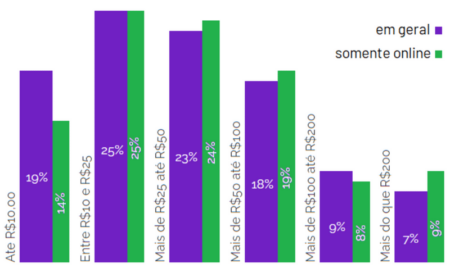Roulette is actually an incredibly simple game to learn. The rules are simple and this is what makes it a popular casino game. The odds and house edge in roulette are consistent no matter what bets are placed, and so there is no need to employ complex strategies, as is the case with some other casino games.
Yet for new and experienced players alike, a quick refresh of the rules and fundamental numbers is always handy.
What are the rules of roulette?
Roulette involves a wheel and a board. The board consists of the numbers 1-36, colored red and black, as well as the green 0.
Players place chips on the board on numbers, black or red, odd or even, or spread across colums or rows. There are lots of types of bets you can place on a roulette board, but essentially they all represent a spread of the numbers.
The dealer will announce the start of the betting round by saying something like “place your bets” and the end of it by saying “no more bets”. Players must place chips within this time frame for bets to be included.
The dealer will spin a ball around the rotating wheel, which also has slots for all the numbers represented on the board. The ball eventually comes to a stop, and wherever it lands is the winning number.
Any bets that cover the number are paid out according to bet size. Bets that miss are scooped by the house.
Keep in mind that every roulette table, whether at a casino or online, has minimum and maximum betting limits. Stakes differ depending on the table you play at. So it’s important to sit down at a table you feel comfortable playing at and one where you can afford any losses.
That just about covers the rules of roulette.
How does roulette compare to other casino games
Compare roulette to casino favorites at the other end of the spectrum, such as blackjack and poker, and you’ll see a clear difference.
In blackjack, the rules are a little more complex, but still relatively easy to learn. Still, knowing when exactly to hit and stand according to what the dealer is holding can dramatically reduce the house edge. In other words, there is a strategy that can be mastered in blackjack.
Strategy is even more important in poker games such as Texas Hold’em. Poker does involve odds and chance, but it also involves playing against other people who can make mistakes. It’s possible to win pots without relying on the odds with bluffing and to set unfavorable odds with bet sizing.
As a game of part-chance, part-strategy, there are many interesting ways to learn poker, from reading articles online to watching professionals on streaming sites like Twitch. There are also number-crunching tools used to calculate complex decisions.
As we’ve discussed, the rules of roulette are very simple. The odds and house edge of every bet are the same (covered in more detail below), and so there is no strategy that needs to be employed.
This is part of what makes roulette appealing. Players can sit down and pick it up straight away and, similar to slots, and to some extent craps, there is no need to be “good at the game”. The only concern is sticking to your limits and enjoying it.
Understanding the odds and house edge in roulette
It’s time to take a closer look at the odds and house edge in roulette.
Let’s say you are betting on red or black. The bet pays out 1:1, which means that for every dollar wagered, players get $1 back, plus their original bet of $1 – for a total of $2. This would be an even money bet if it weren’t for the zero, which is green.
Half of the numbers 1-36 are red and half are black. The green zero, however, means that there’s a chance on every spin that the outcome will be neither red or black. It is no longer a 50/50 bet, but rather there is now a 48.65% of hitting red on every turn (and a 48.65% chance of it hitting black).
Now let’s say you’re picking a single number. This pays out 35:1, meaning players get $35 back for every dollar placed, plus their original bet. This would be an even money bet if there were only 36 numbers.
Once again, the 0 comes into play. There are technically 37 numbers including the zero, and so the bet pays out less than the odds of the outcome on that bet.
When playing online, these outcomes are the same. They are controlled by random number generators, which are set according to the odds and house edge with as much accuracy as a casino wheel.
In European roulette, where there is only one 0, this makes for a house edge of 2.7%. This house edge is consistent no matter what bets you place in roulette.
European versus American roulette
This article has referred to European roulette throughout. In European roulette, there is only one green 0 slot. This makes the house edge 2.7%, as discussed.
In American roulette, an extra green 00 slot was added on top of the original green 0, yet the game still pays out according the same as European, i.e. 35:1 on a single number. What this does is doubles the house edge to 5.26%.
If players can choose between American and European roulette, as is the case online, then in terms of odds and payouts it’s always better to choose European.
To get the best free roulette systems that really work, see the top 5 proven roulette systems and the video series below. It’s the best 100% free information for winning roulette you’ll find. It’s written by professionals who are really earning a living from roulette.










